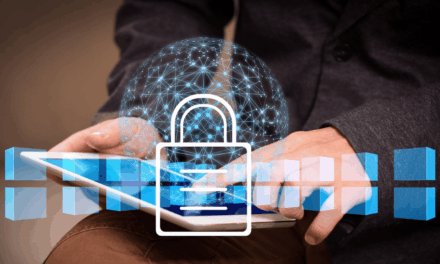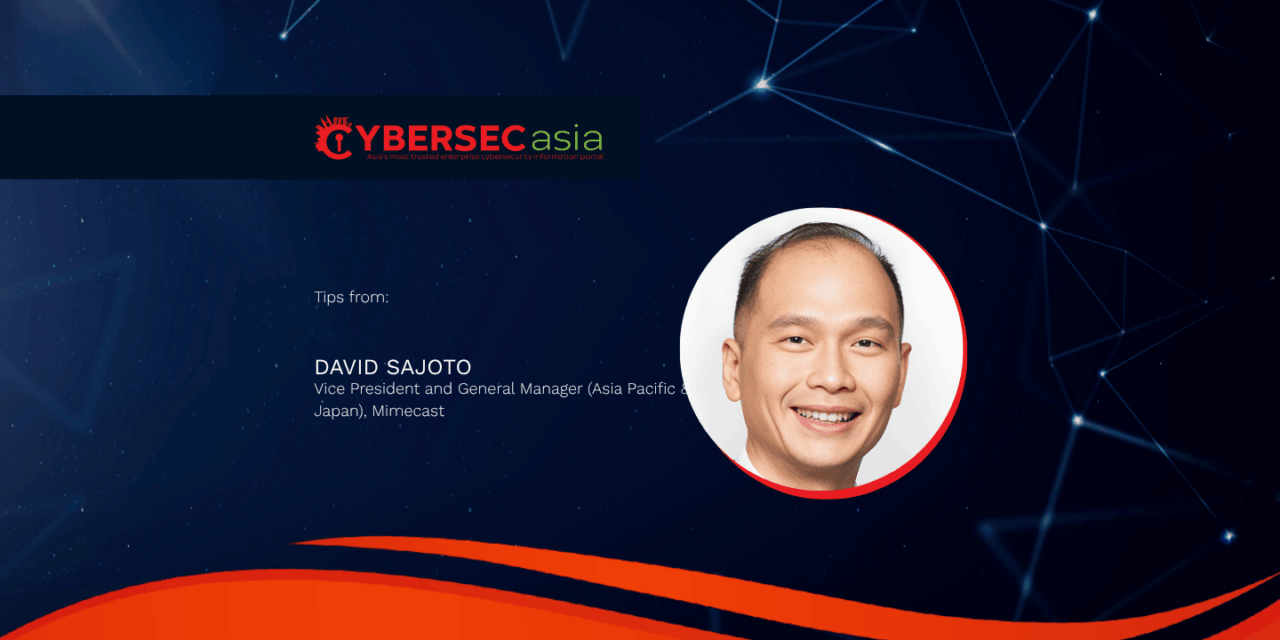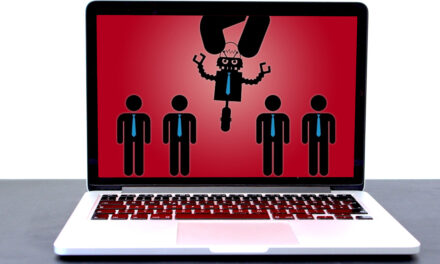Even the most sophisticated cyber defenses may fail if human behavior is overlooked. Find out how to mitigate this critical factor.
When a cyber incident occurs, the instinctive reaction for many organizations is to invest in the latest tools: advanced firewalls, AI-driven threat detection, and endpoint protection.
While technology remains essential, the decisive battleground is often not in the hardware, but in the human factors.
Over the years numerous surveys and reports have linked cyber weaknesses to the daily decisions, habits, and actions of employees to the most exploited vulnerabilities. For example: systemic behavioral gaps, employees turning to unapproved AI tools, sharing sensitive data, or bypassing safeguards.
Closing this human risk gap is just as critical as deploying advanced defenses.
Why the human layer is under siege
Cyber attackers now recognize that it is far easier to manipulate people than break hardened systems.
At the same time, employees operate in increasingly complex digital environments. Hybrid work, global collaboration, and the explosion of productivity tools mean sensitive data moves outside traditional perimeters. Shadow AI is rising as employees turn to consumer AI tools to speed their work, often bypassing corporate security controls.
These dynamics create fertile ground for attackers: they do not need to breach systems when they can exploit human behaviour instead.
Training alone is not enough
For years, organizations have relied on annual awareness training or generic phishing simulations. These programs may satisfy regulators, but they rarely result in lasting behavior change. Employees may remember a lesson for a few weeks, but under pressure, old habits can return.
Since one-off training cannot keep pace with the evolving sophistication of attacks, the solution lies in continuous and adaptive interventions:
- Employees handling financial transactions should be regularly exposed to simulations mimicking business email compromise attempts.
- Teams experimenting with AI tools need targeted guidance on what information should never be input into unvetted platforms.
- Security teams should track the time employees take to report suspicious emails, reductions in policy violations, and declining click-through rates on risky links. These measures provide concrete evidence of improvement and allow leaders to refine interventions based on outcomes, not assumptions
The goal is not just to instill awareness: it is to cultivate measurable, real-world behavioral change.
From awareness to actionable behavioral analytics
By monitoring patterns in how employees interact with communications and systems, organizations can tap behavioral analytics to bridge the gap between knowledge and action.
For instance, repeated interactions with suspicious emails, delayed reporting of phishing attempts, or frequent bypassing of established communication procedures — can all be signals of potential risk.
Importantly, this approach is not about creating a culture of surveillance. Employees need to understand what is measured and why.
Also, behavioral analytics should guide interventions such as targeted coaching, tailored awareness training, or reminders that reinforce safe behaviour, rather than punishment. The aim is to empower employees to act safely while providing security teams with actionable insight.
Addressing the human layer is therefore not just a technical concern: it is a strategic imperative. Building resilience in the human layer strengthens the overall security posture and creates a workforce that is vigilant and informed.
Practical steps for CISOs
Securing the human layer requires more than training. CISOs should focus on five interconnected priorities:
- Instituting continuous, role-based training that adapts to evolving threats. One-off modules are replaced with scenario-based lessons delivered when and where employees need them
- Leveraging behavioral analytics to track anomalies, flag potential lapses, and reinforce safe behavior
- Mandating AI governance that enforces access controls, sets clear policies, and educates employees on safe AI usage, closing the shadow AI gap
- Establishing a security-first corporate culture that encourages reporting without fear, rewards vigilance, and integrates cybersecurity into everyday operations
- Aligning with regulatory policies and ensuring that training reflects local compliance requirements and industry best practices
These measures transform the human layer from a liability into a strategic asset, aligning behavior, technology, and governance to mitigate risk.
In 2025, the most effective firewall is not built from code or silicon. It is shaped by human judgement, culture, and the decisions employees make every day. Technology alone cannot prevent breaches: even the most sophisticated systems fail if human behavior is overlooked.

















